VBV Pensionskasse, the €9.3bn Austrian pension fund, has introduced an opt-out lifecycle model to target younger employees.
“We want to create an optimised accumulation phase without any restraints,” said Günther Schiendl, chair of the board at VBV, who also took over the role of chief executive officer last summer when Gernot Heschl retired.
Talking to IPE, Schiendl explained the problems some company clients are facing: “When large enterprises transferred their pension pools to the newly-created Pensionskassen in the 1990s, the focus was often on the pensioners.”
That means that within the VBV – and other Austrian Pensionskassen – some companies still have their own asset and risk pool (Veranlagungs- und Risikogemeinschaft, VRG). More often than not this follows a very careful, balanced investment strategy to minimise the risk of pension payouts being cut.
“We want to take the young people in the schemes out from this strategy and transfer their assets into a dynamic investment strategy as part of a new opt-out lifecycle model,” noted Schiendl.
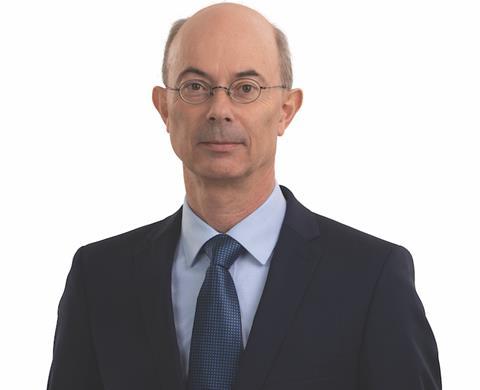
Within its open VRGs, VBV introduced a lifecycle model several years ago. Savers choosing this model would see their assets invested with an equity share of more than 50% until they are in their mid-50s. From then, the equity quota gradually decreased to 16% or below.
Last year, a good year for equities, showcased the difference: VBV returned 6% on average from its “defensive” asset pools but more than twice as much (12.5%) from its most “dynamic” strategies.
Therefore, the pension fund is now talking to all its company members to amend their contracts to include a lifecycle model with automatic enrolment and an opt-out option.
“We know that people are slow to make decisions when it comes to their pensions,” Schiendl said, confirming various studies on pensions inertia.
Risk-free pensioners
Schiendl pointed out that leading companies have already chosen the new model: “This is partly due to generational changes in HR departments, younger people recognising that it affects themselves and understanding the relevance of an optimised accumulation phase for their own financial future and pension”.
But he noted that companies are also increasingly aware of pension benefits being useful for retaining talent.
In total, VBV Pensionskasse serves around 400,000 people, of which more than 51,000 are pensioners.
Companies under the new model will see their younger and mid-term career employees or new entries only covered under the opt-out lifecycle model. The pensioners, in the meantime, are staying in their current investment pools.
Currently, the pension fund law does not allow lifecycle choices for pensioners.
“We know that some of our pensioners would like to switch to more dynamic investment strategies, but many prefer a risk-controlled strategy – it is impossible to serve both wishes at the same time in one asset pool (VRG). We would like to see this choice within a lifecycle system extended to pensioners”, Schiendl said, hinting at potential changes through the political system.
However, pensions seem to be at the bottom of Austrian politicians’ lists, as they are still negotiating the composition of the new government after the elections last September.
The latest digital edition of IPE’s magazine is now available

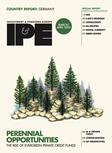


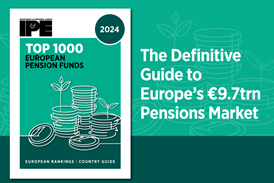
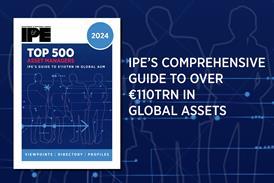





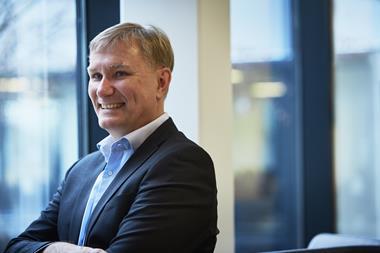
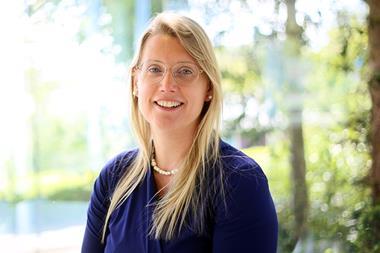
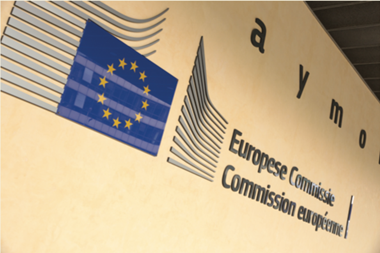

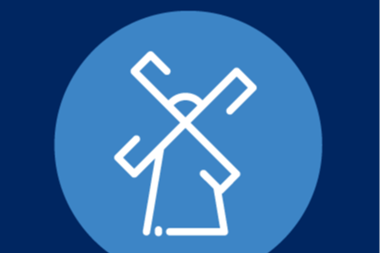
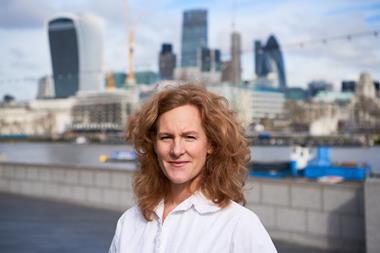
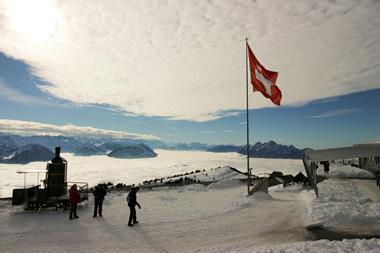
No comments yet